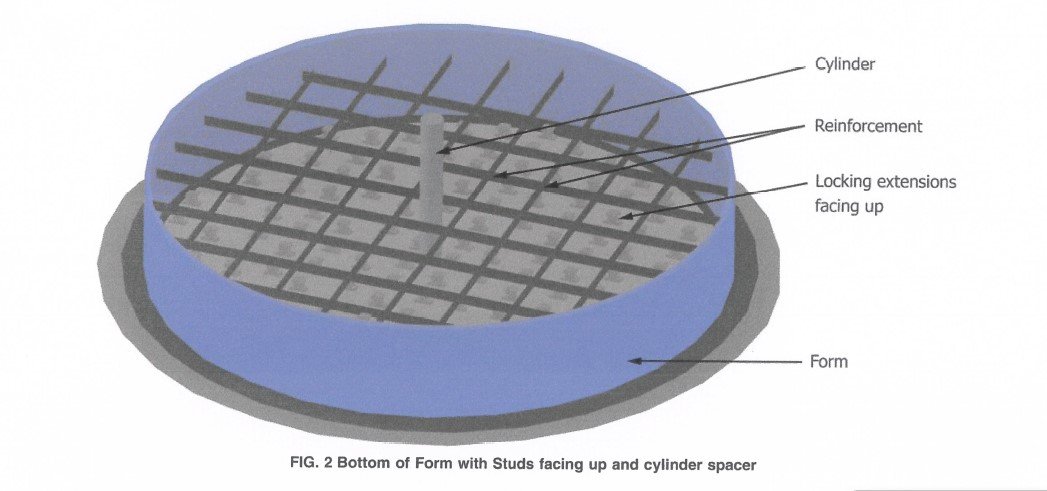What is the ASTM D7853 Test?
The ASTM D7853, first adopted in 2013 is a specialized test method designed to evaluate and quantify the hydraulic pullout resistance of geomembranes (concrete protective liners specifically) with locking extensions embedded in concrete. The formal name of the test is “Standard Test Method for Hydraulic Pullout Resistance of Geomembrane with Locking Extensions Embedded in Concrete.” This test is essential for understanding how these containment systems withstand hydraulic and hydrostatic pressures, vital in applications such as environmental barriers and containment structures like concrete pipe. By considering various factors like the geometry and material of the locking extensions and the concrete's properties, ASTM D7853 ensures that engineers have a reliable basis for comparing and verifying the structural integrity of geomembrane systems.
ASTM D7853 is vital for assessing concrete protective liners because it evaluates their ability to resist hydraulic pullout forces, ensuring they remain securely anchored within the concrete under various pressures. This standard helps in determining the durability and reliability of these liners in critical containment and infrastructure projects, safeguarding against potential failures that could lead to environmental or structural damage.
For comprehensive details, accessing the full standard through ASTM's website is recommended.
Summary of Test Method
A geomembrane featuring locking extensions/anchors (also known as CPL or concrete protective liner) on at least one side is incorporated into concrete to evaluate its pullout resistance. This assessment involves recording the peak pressure needed to start the pullout of these anchors from the concrete. Alternatively, this CPL is embedded and subjected to a defined pressure to check if it meets a minimum strength requirement.
Failure Modes of the Test
LP: Locking Extensions Pullout From Embedment
LB: Locking Extensions Break From Liner Surface
CF: Concrete Fails Before Locking Extension Failure
LF: Liner in Between Anchors Fail
What Does This Mean? How Does the Requirement for ASTM D7853 Affect Your Project?
This question has come to the forefront of discussion since the CSA updated the A257 Series:24 Standard for concrete pipe to include ASTM D7853 testing for lined structures.
It is important to note that the burden of the D7853 requirement is that of the CPL manufacturer. The testing results must be completed at a third-party laboratory on behalf of the manufacturer. Have your CPL vendor provide proof that this test has been completed prior to the purchase of the material for your project. Test results can take upwards of 1 year to come in, so it is essential testing has already been performed!
If you have questions about how this standard is relevant to your lined concrete projects, please let us know - we are happy to help.


